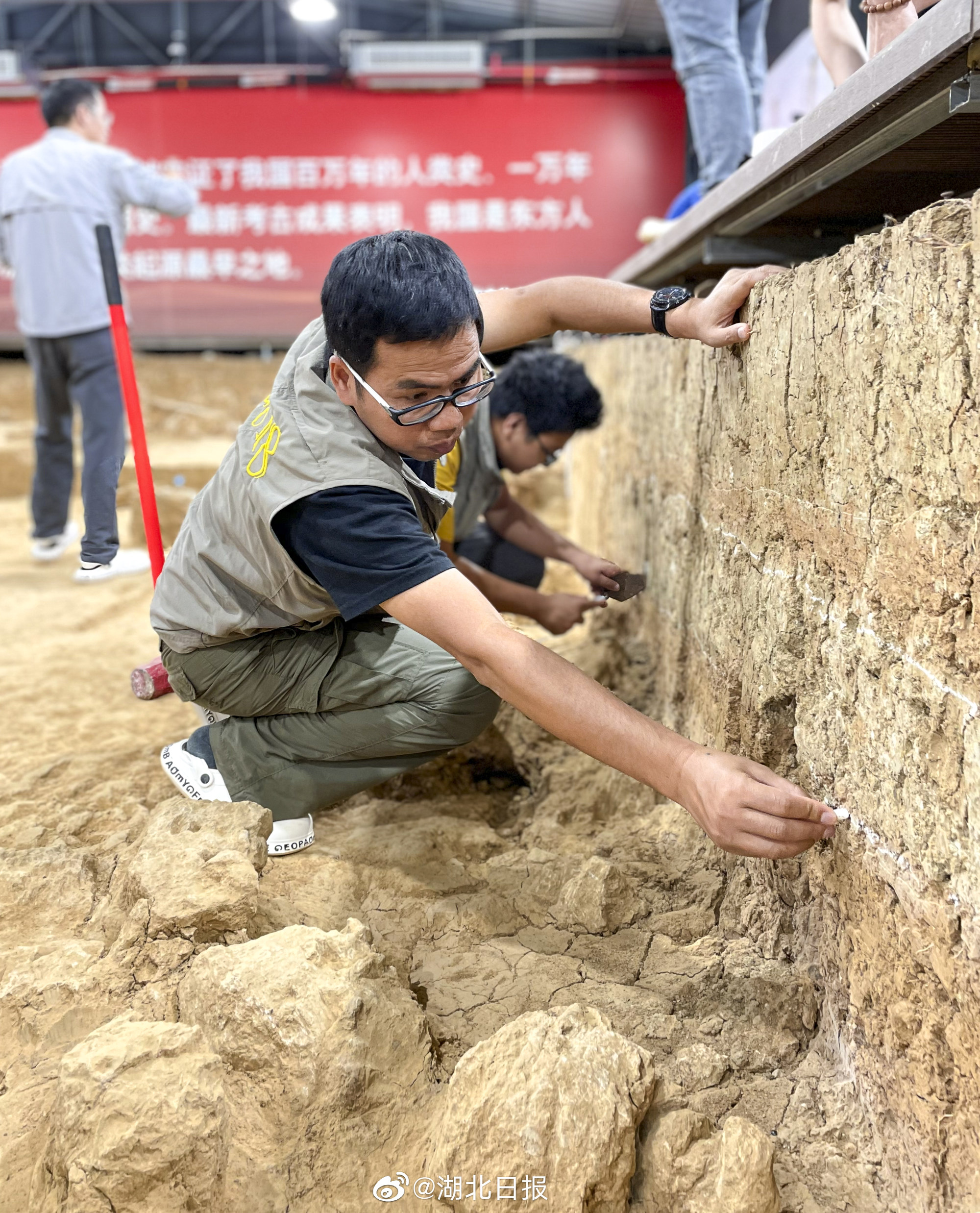
Million-year-old skull found in China fills human evolutionary gap
- The latest discovery is the most complete fossil of its kind to be found in mainland Eurasia
- Archaeologists say the find completes a missing gap on the origin of Homo erectus in East Asia
The find, in Yun county, is the most complete human skull of that age ever seen in mainland Eurasia, the official Hubei Daily said on Wednesday.
‘Lantian man’ may have been the first human (hominin) to inhabit China
The fossil provides an important basis for exploring the evolution pattern of archaic humans and the origin of Homo erectus in East Asia, it said.
The skull was found at the same site where two other skulls of the same age were unearthed more than 30 years ago.
But, unlike the previous finds, which were distorted during the fossilisation process, the latest discovery is near complete with no visible distortion.
So far, the frontal bone, orbit and other parts of the head have been unearthed, with the rest of the fossil expected to be excavated before November.
Archaeologists expect the discovery to provide more accurate information on the human face and skull at that time, with clearer anatomical features visible, as well as significant scientific information on brain volume, evolutionary stages and regional population characteristics, the report said.

Lu Chengqiu, head of the excavation team and a researcher with the Hubei Provincial Institute of Cultural Relics and Archaeology, said the team had unearthed a large number of animal fossils and stone tools near the skull.
“The No 3 skull is similar to the first two in terms of burial environment, faunal remains and technical characteristics of stone products, so the three skulls should belong to the same age,” Lu told the newspaper. The age of the skull would be further confirmed by radiocarbon dating, he said.
Archaeologists said the discovery has irreplaceable research value as it fills a long-time gap in human evolution in East Asia.
“There are very few human fossils around 1 million years old. As in China and East Asia, the only ones over 1 million years old are Yuanmou Man, which dates back to 1.7 million years ago, and Lantian Man, which is around 1.6 million to 1.2 million years old,” Gao Xing, a team leader at the archaeological site, told state broadcaster CCTV on Wednesday.
Gao, who is also a researcher with the Institute of Vertebrate Palaeontology and Palaeoanthropology at the Chinese Academy of Sciences, said new radiocarbon dating suggests Peking Man may date back some 800,000 years, with Yunxian Man in the middle.
The fossils of ancient people in Yun county, or Yunxian, have filled the evolution gap of Homo erectus in East Asia between Yuanmou Man, Lantian Man and Peking Man, according to CCTV.
Meanwhile, a large number of animal fossils and stone products was also unearthed at the site, suggesting that ancient people in Yun county were skilled toolmakers and hunters 1 million years ago, according to experts.
Scientists find 9000-year-old Chinese pots were probably used to drink beer
“In the same layer as the skull, a large number of mammal fossils have been unearthed, most of which are rhinos, elephants, horses and deer,” Gao said.
Though most of the animal fossils are large herbivores, a few fossils of carnivores were also discovered, including leopards and tigers, he said.
Stone tools, possibly used for hunting and animal cutting, were also found.
“The evidence suggests that Yunxian Man consumed many large herbivores,” Gao said.


